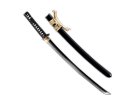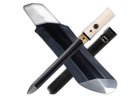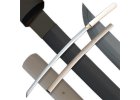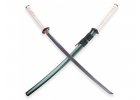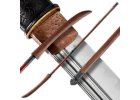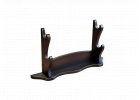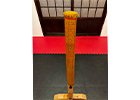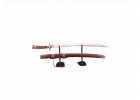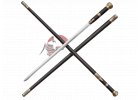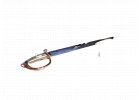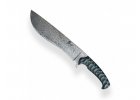Tameshigiri is a Japanese term used for the technique of cutting and testing the edge of a sword, typically a katana or other Japanese sword. This process serves to verify the quality and efficiency of the blade, as well as the skill of the swordsman. During tameshigiri, the swordsman tries to aim as accurately and efficiently as possible at various targets, usually made of bamboo (take), but also made of tatami mats or other materials that simulate the human body. The goal is not just to simply fly through the material, but to cut it with such ease and precision that the material remains cleanly split without any jamming or tearing. Tameshigiri is not only a test of the sword, but also of the swordsman's skill. It requires precise technique and a deep understanding of sword movement. For those practicing Japanese martial arts such as iaido or kenjutsu, tameshigiri is an important part of training as it helps develop the ability to use the sword correctly in real-world situations. Historically, tameshigiri was used as a way to confirm the quality and effectiveness of newly made swords, but also as a form of ceremonial testing of swords before battle. Today, it is also a popular activity in Japanese martial arts and among sword collectors. Overall, tameshigiri is not only a practical test of swords, but also an important part of Japanese swordsmanship tradition and culture.
Login to your account
Your cart is currently empty.
If you do not know how to choose, do not hesitate to contact us. Our specialists will advise you.
Customer support:702 049 048info@dellinger.cz
More
- Akční nabídka
- Katanas, Japanese fighting knives and swords
- Sabres and Swords
- Hunting and pocket knives

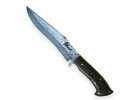
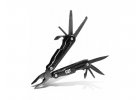

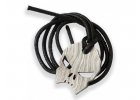
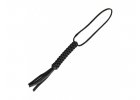


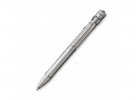
 Blade material
Blade material- Damascus carbon steel,
- Steel SKD11,
- M390 Bohler Microclean,
- Bohler N690 Stainless Steel,
- VG-10 Japanese steel,
- Carbon steel 14,260,
- 8Cr13MoV a 8CR14MoV,
- D2 steel,
- 9Cr18MoV,
- Steel 10Cr15CoMoV,
- Steel Nitro-V,
- steel CPM 20CV,
- Steel CPM S35VN,
- Steel CPM S90V,
- Blue Steel - Japanese steel,
- damascus steel - Stainless,
- Steel Sandvik 14C28N,
- 6AL4V titanium alloy,
- SK-5 Japanese steel,
- Stainless steel AUS-8,
- powder coated steel RWL-34,
- Steel 154CM (440C),
- India Wootz steel,
- DC53 steel,
- 6Cr - 6Cr13 Steel,
- 3Cr13 Steel
- Axes, hammers + machetes
- Exclusive and Limited Editions
- Bazaar - Outlet
- Yakuza PREMIUM clothes
- Reklamní předměty - merchandise
- Services
- Cold weapons Noze a katany
- Contacts shop
- Stores
- Brands
Používáme cookies, abychom Vám umožnili pohodlné prohlížení webu a díky analýze provozu webu neustále zlepšovali jeho funkce, výkon a použitelnost. Více informací

_-_edited.png)
